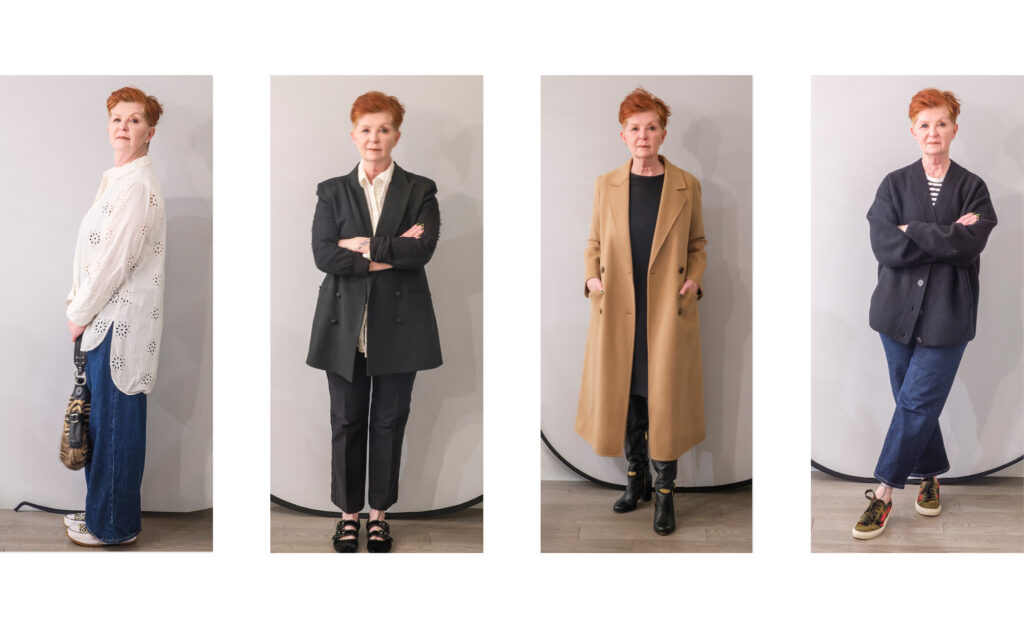by Valerie Green –
When we think of June, we usually think of brides and weddings. Summer is just beginning in earnest this month and hopefully we have a few months of warm, sunny weather ahead to continue to enjoy.
What you might not know is that June is National Aboriginal History Month which was officially declared in 2009, following a motion passed unanimously in the House of Commons. Now, every year, Canadians celebrate National Aboriginal History Month in June and this provides an opportunity to acknowledge the contributions of all Aboriginal people to the development of our country. It is a time to honour the heritage and contributions of First Nations such as the Inuit, Métis and other First Nations communities across Canada. The actual day of celebration is June 21 each year, a significant day in itself being the summer solstice and the longest day of the year.
Each First Nations community has its own distinct heritage, language, cultural practices and spiritual beliefs even though some similarities are shared.
National Aboriginal Day (NAD) was first announced in 1996 by then Governor General of Canada, Romeo LeBlanc, after numerous consultations with various Aboriginal groups. Back in 1982, the National Indian Brotherhood (now called the Assembly of First Nations) had first called for the creation of a National Aboriginal Day and the Royal Commission on Aboriginal Peoples had recommended the designation of a National First Peoples Day.
NAD has now become a part of the four-day “Celebrate Canada Program” that begins on June 21 with National Aboriginal Day and continues with Saint-Jean-Baptiste Day on June 24 and Canadian Multiculturalism Day on June 27. It concludes with Canada Day (once known as Dominion Day) on July 1.
Here on Vancouver Island, the Songhees and Esquimalt First Nations will celebrate this month during the weekend of June 17 to 19 with music, dance, food and the arts. On Saturday, June 18, Cree Elder Phil Umpherville will share stories of his people in the Comox Valley at the I-Hos Gallery in Courtenay.
Elders are considered valued members of their communities because they bring a vast array of knowledge and experience of the First Nations, Inuit and Métis cultures as well as their various languages to the children in urban preschools across the country. This is the way that traditions become legacies passed from one generation to the next, with the Elders being the primary teachers providing cultural experiences for the entire community.
Throughout Canadian history, via immigration our culture has been influenced by European traditions, especially British and French, but also by our own indigenous cultures. All these elements of Canada have gradually become incorporated into mainstream Canadian culture.
Today, Canada is characterized as being a “very progressive, diverse, and multicultural country.” NAD is just one segment of the country but certainly one to respect and honour as part of the “Celebrate Canada Program” this June as we celebrate all the many cultures that make up our wonderful country.
Valerie Green is an author/historian and can be reached at valgee@shaw.ca.




